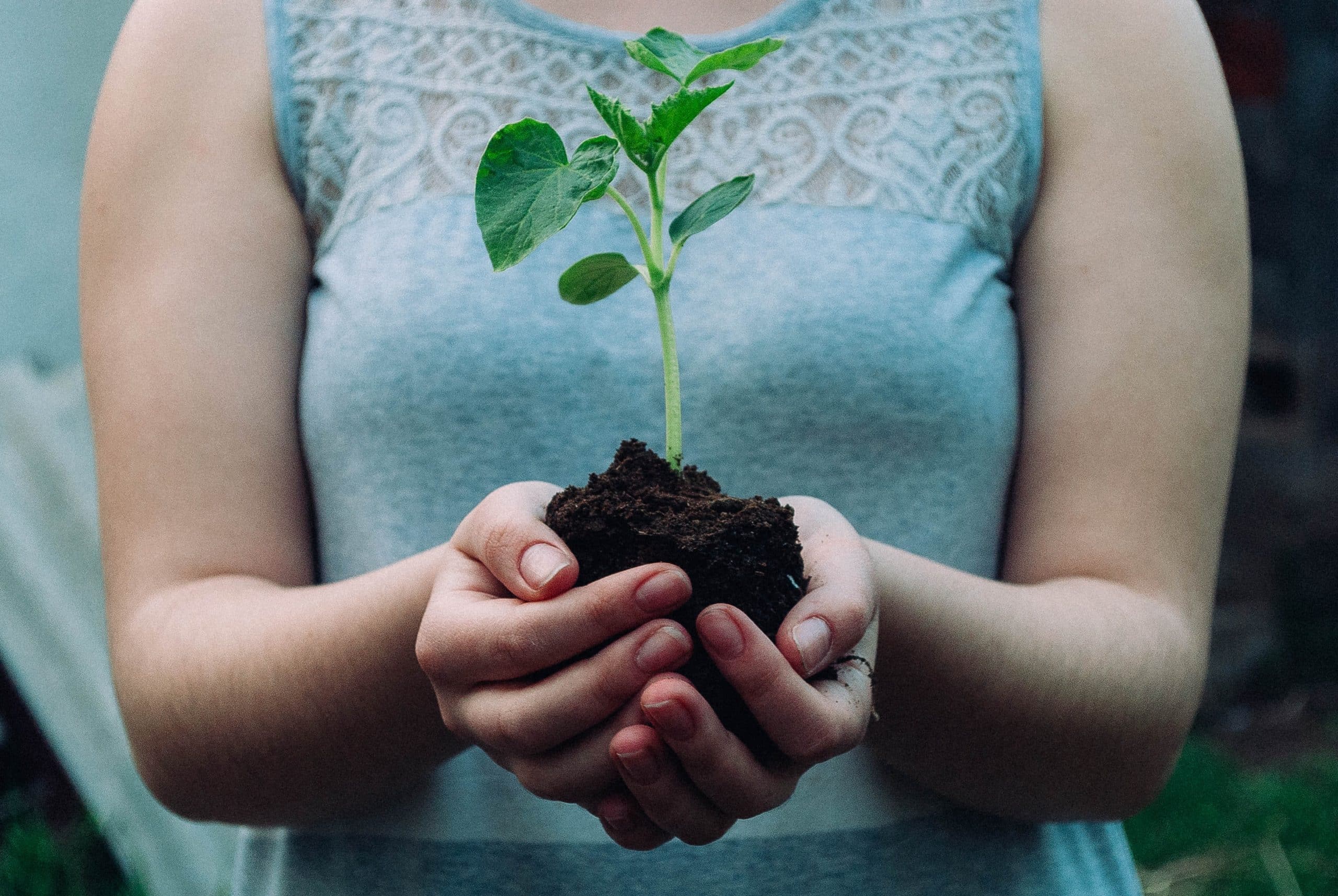World Soil Day is an international event hosted by Food and Agriculture Organization of the United Nation (FAO), they aim to “Keep soil alive, Protect soil biodiversity” by addressing the cause and alleviate soil biodiversity loss.
Before we get into how cosmetic products harm the environment. We should first understand why our soil is dying.
Soil Degradation
According to the NSW, soil degradation ‘is the decline in soil condition caused by its improper use or poor management, usually for agricultural, industrial or urban purposes’. Soil degradation is certainly a natural regressive evolution process which can be caused by wind or water erosion. However, according to Pimentel et. al.’s study on soil erosion, the damages has increased by 17 times in the USA just because of modern cultivation alone. They added that it would take an investment of 6.4 billion USD to reduce this rate of increase.
The European Environmental Agency has referenced The Tutzing Project of 1998 mentioning that in humid climates, it takes up to 500 years on average for the formation of only 2.5 cm of soil. Therefore at this rate, this important finite source cannot beat the damages in time.
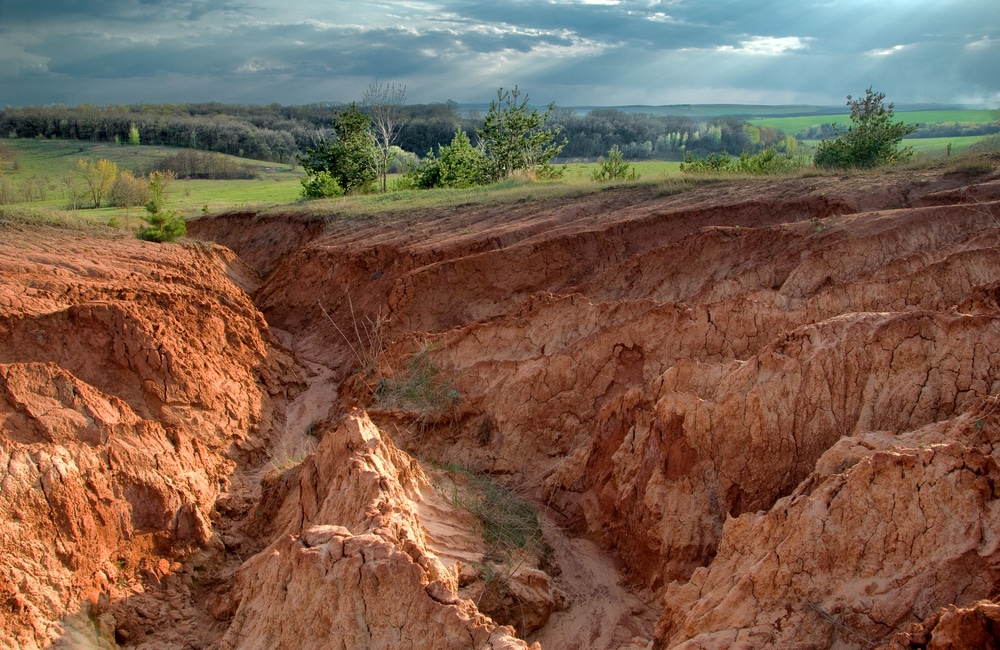
How cosmetics and fast fashion contributes to the damage?
According to the BBC, an estimated 92 million tonnes of textiles waste is created each year, by 2030, it is expected that more than 134 million tonnes of textiles a year will be discarded. Aside from non-environmental friendly packaging and production. When cosmetics and fast fashion items get improperly dumped, it becomes toxic and damages the soil underneath. In addition, the production for these industries also has a high demand of raw materials to be extracted from the soil. According to the UN Conference on Trade and Development, fashion is the second most polluting industry in the world.
Aside from the toxic product, synthetic cotton which can slowly cause organ damages in the long-term. The production of synthetic cotton is damaging to the soil. Using these synthetic fertilizers is not the big problem, the problem is the combination of this use and high demands. In these synthetic N-P-K (nitrogen – phosphorus – potassium) fertilizers, it harms the water under the soil by producing more and grows algae at a faster rate in which the ecosystem cannot handle. In addition, production of synthetic cotton harms the surrounding land too, synthetic fertilizers and pesticides that are sprayed on the crop travels through air to the surrounding area, when pesticides go through the ground, eroding the soil.
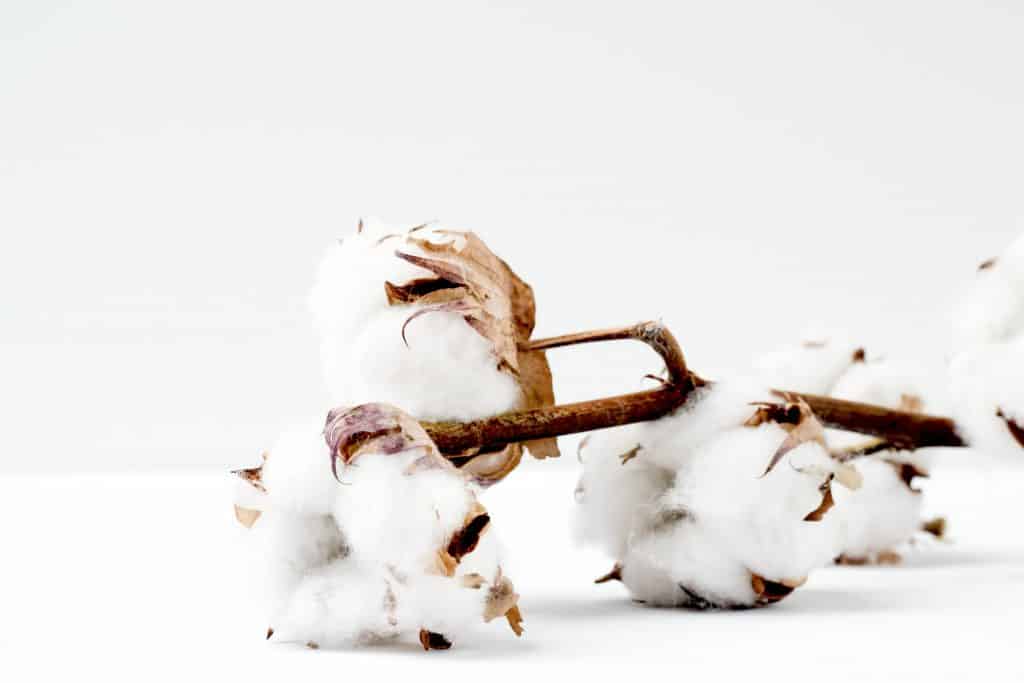
Polyester is non-biodegradable, meaning discarded polyester fabrics and clothes will not break down easily in landfills, which could become a hazard to land and soil animals. A research was done specifically studying the effects of polyester fibers on the important soil decomposers food web animals. The results show a negative effect on the animal’s energy reserves, ingestion and a decrease of 30% in reproduction rate. Although the conclusion was that the effect is slight, polyester still creates a long-term effect on these soil invertebrates by disrupting the decomposition process. In addition, when polyester clothing is washed, the fabric sheds and the micro plastics are washed down the drain, ending up in aquatic habitats.

According to the American Chemical Society, traces of Siloxanes are found in soil and aquatic life. Siloxanes are simply a class of liquid silicon that is found in skincare products, hair products and makeup. Environment Canada reported that the chemical compounds of siloxanes are toxic to the environment, found as to bioaccumulate in the environment.
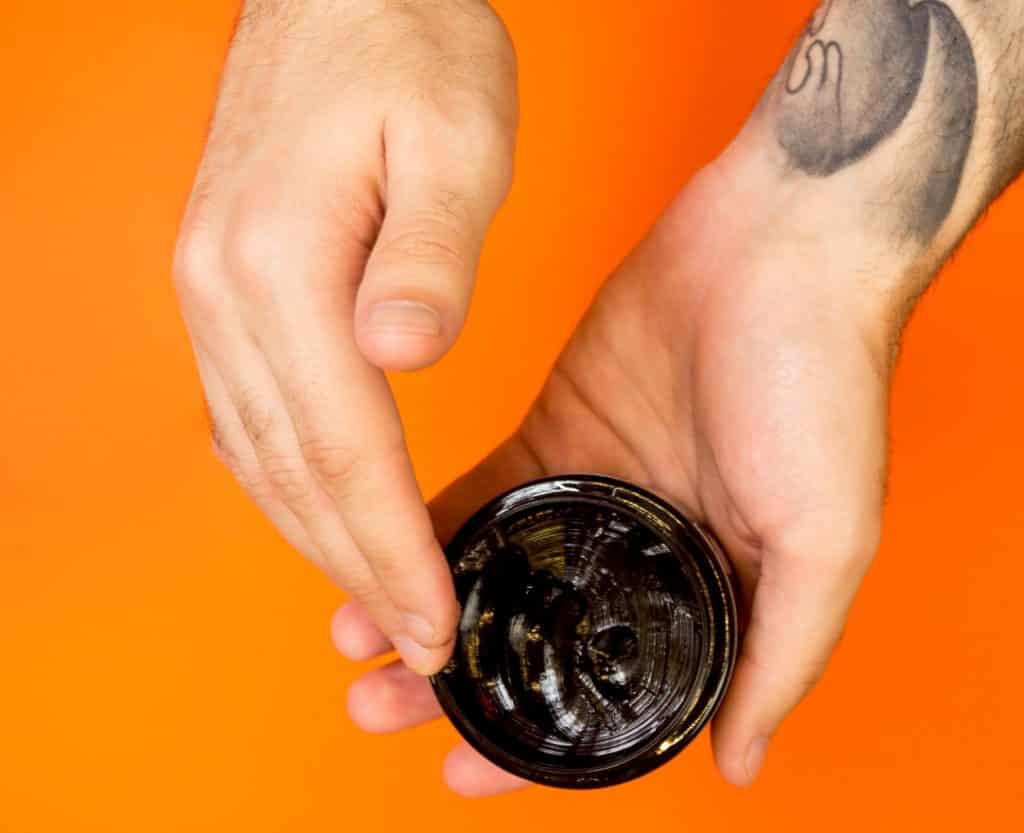
Extraction of Mica is not only a real issue of illicit child labour use but it is also an environmental issue. Natural Mica that are used to make shiny pigments to create makeup products like eyeshadows and highlighters goes through a process of mining. Mining does not only pollute air, but it scars habitats and creates an irreversible soil structure damage. Companies like Lush have now converted to only using Synthetic Mica – Lush Creative Buyer Gabbi Loedolff says “Even though it is synthesised in a lab, it is constructed of natural minerals, so you don’t end up with the problem of microplastics which can end up in the oceans and water supplies.”
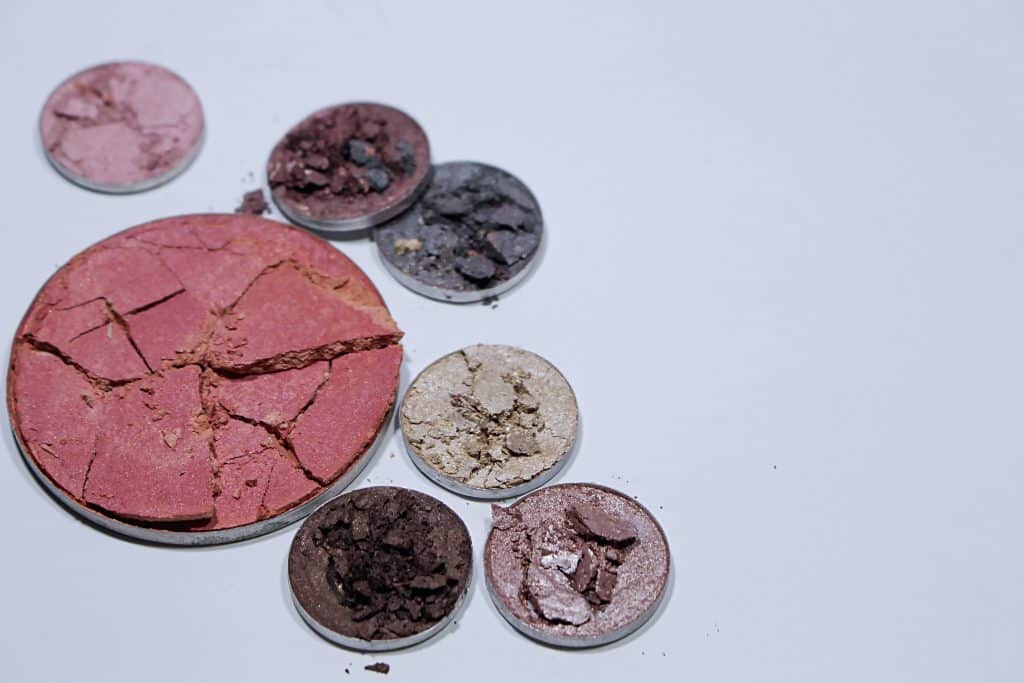
Triclosan which are found in hand sanitizers and household products are not only harmful to aquatic life but also damages the soil. This FDA banned chemical has been found to disrupt the nitrogen cycle in soil. This means that the affected soil has fertility damage, causing plants to go yellow and die. When Triclosan reaches to a waterway, it accumulates and reacts with other chemicals to make dioxins which are toxic.
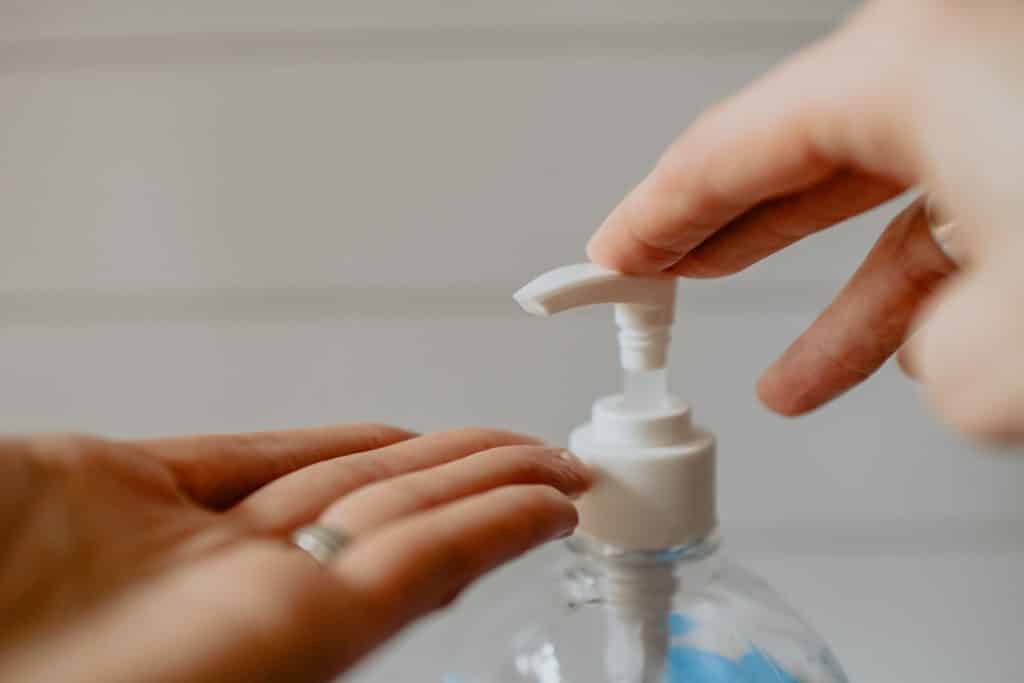
If you’re not convinced by the environmental issue in harvesting these materials, there’s an ethical problem to it as well. Here you will find all the information and what you can use as alternatives.
Aquatic pollution is also Soil pollution
As much more research on cosmetics and textile toxic chemicals leads to a greater amount of aquatic pollution results. It is important to note that water and soil are dependent on each other as an ecosystem. Observably, chemicals that leak into waterways come from the soil and polluted toxic water goes back to soil, ending up in our crops, killing vulnerable animals and microorganisms. Hence, becoming another statistic that contributes to the rapid increase of soil degradation.

References:
“Why clothes are so hard to recycle I BBC Future” https://www.bbc.com/future/article/20200710-why-clothes-are-so-hard-to-recycle Accessed 4 Dec. 2020.
“World Soil Day | Food and Agriculture Organization of the ….” http://www.fao.org/world-soil-day/en/. Accessed 4 Dec. 2020.
“Soil degradation – Environment.Nsw.Gov.Au – NSW Government.” 25 Jul. 2019, https://www.environment.nsw.gov.au/topics/land-and-soil/soil-degradation. Accessed 4 Dec. 2020.
“Why Soil Matters – YouTube.” 3 Nov. 2017, https://www.youtube.com/watch?v=8kZXulLobA8. Accessed 4 Dec. 2020.
“Environmental and Economic Costs of Soil Erosion and ….” 11 Apr. 2004, http://www.rachel.org/files/document/Environmental_and_Economic_Costs_of_Soil_Erosi.pdf. Accessed 4 Dec. 2020.
“3.6. Soil degradation – European Environment Agency.” https://www.eea.europa.eu/ds_resolveuid/KPU6HFDMO1. Accessed 4 Dec. 2020.
“UN launches drive to highlight environmental cost … – UN News.” 25 Mar. 2019, https://news.un.org/en/story/2019/03/1035161. Accessed 4 Dec. 2020.
“Why Is Cotton Harmful to the Soil? | Hunker.” https://www.hunker.com/12505119/why-is-cotton-harmful-to-the-soil. Accessed 4 Dec. 2020.
“Is Too Much Fertilizer a Problem? · Frontiers for Young Minds.” 20 May. 2020, https://www.frontiersin.org/articles/486326. Accessed 4 Dec. 2020.
“Exploring the impacts of plastics in soil – The effects of ….” 15 Jan. 2020, https://www.sciencedirect.com/science/article/pii/S0048969719344420. Accessed 4 Dec. 2020.
“Siloxane D4 (Cyclotetrasiloxane, octamethyl-) – Canada.ca.” 10 Feb. 2012, https://www.canada.ca/en/health-canada/services/chemical-substances/challenge/batch-2/cyclotetrasiloxane-octamethyl.html. Accessed 4 Dec. 2020.
“Siloxane D5 (Cyclopentasiloxane, decamethyl-) – Canada.ca.” 10 Feb. 2012, https://www.canada.ca/en/health-canada/services/chemical-substances/challenge/batch-2/cyclopentasiloxane-decamethyl.html. Accessed 4 Dec. 2020.
“FAQ on Lush and mica – Lush Fresh Handmade Cosmetics UK.” https://uk.lush.com/article/faq-lush-and-mica. Accessed 4 Dec. 2020.
“Triclosan: its occurrence, fate and effects in the … – PubMed.” https://pubmed.ncbi.nlm.nih.gov/21330702/. Accessed 4 Dec. 2020.

